The Métis Nation – a Free and Independent People to 1885
When Louis Riel died on the gallows in 1885, it was said that the Metis Nation died with him: yet, a century later in the Constitution, the Canadian Government recognized the Metis as one of the Aboriginal Peoples of Canada. Either the Metis have been resurrected from the dead (as Riel predicted he would be) or, they never did die, this ‘New Nation’ born of the Native and European Peoples of Canada.

In the Seventeenth Century, fur was in great demand in Europe and the search for this valuable commodity brought an influx of adventurers and entrepreneurs to the northern shores of North America. Some historians believe that the first Metis was born nine months after these Europeans arrived. Primarily engaged in the Fur Trade, the men quickly sought the companionship and support of the Indian Women. These Indian Women ensured the survival of the European men by supplying them with appropriate clothing such as moccasins, snowshoes, buckskin jackets, food from the wild and family ties to the native groups and trading partners.
The new population of mixed Native and White Ancestry not only from the French who settled along the St. Lawrence River, but also from the English and Scottish Fur Traders who later established contact with Native groups in the area around Hudson Bay. Initially the Mixed Blood People were not distinguished in any way, being classed according to their Ancestry and lifestyle as English (which included Scottish) French or Native. Only later did they become known as Metis.
What is the Origin of the Word “Métis”?
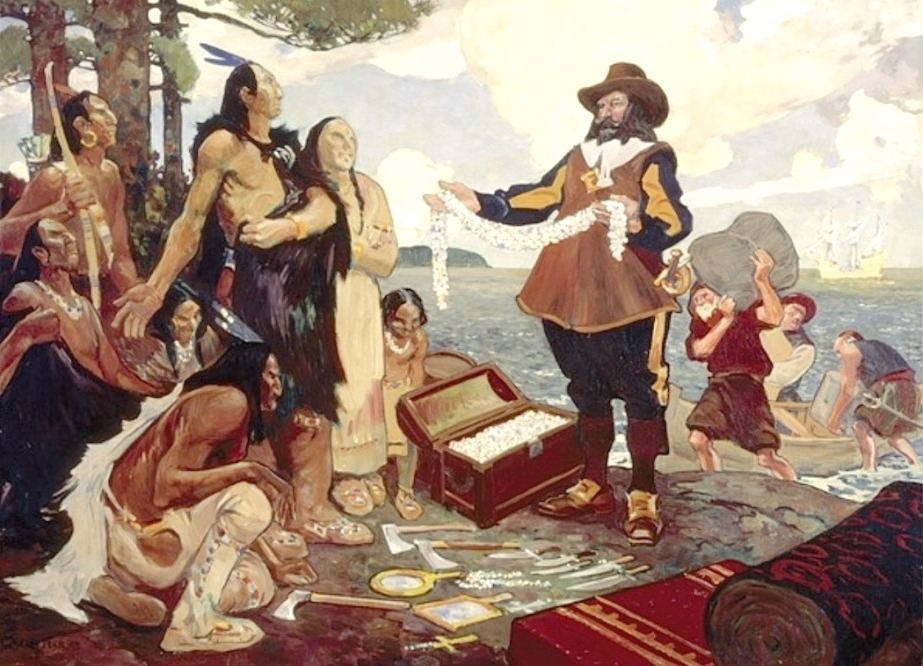
The word “Metis” comes from the Latin “Miscere” meaning “To Mix” and was originally used to describe the children of the Native Mothers and the French Fathers. Another term for the Metis is derived from the Ojibwa word ‘wissakodewinmi’, which means “half-burnt woodsmen,” describing their lighter complexion in comparison to that of full-blooded Indians. The French picked up the translation and and often used the term Bois brule or ‘Burnt-Wood” for these people. Metis have been known by many other names: mixed-bloods, Creoles, Voyageurs, Coureurs de bois, (which means wood runners) Country born, Black Scots, Breeds and Metis Anglais.
The term “half-breed” generally became the most frequently used, though in the mid twentieth century it became unpopular among some mixed blooded people who adamantly insisted “we’re not half(sic) men, we’re full men. “others however, regarded it as an acceptable word. In this document the terms “Metis” and “Half-Breed” are used interchangeably for all people with mixed Native and White Ancestry.
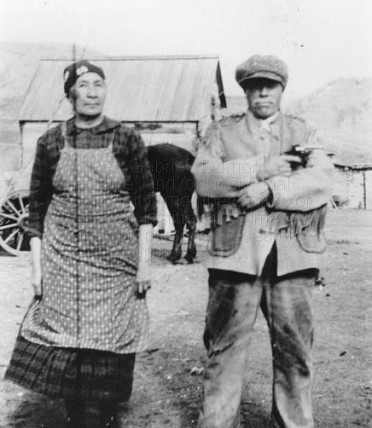
In Western Canada the mixed-blood population was not a homogeneous group. The European part of their Heritage could have been French, English, Scottish, Irish, German or Scandinavian, though most of their Native Ancestors were Cree or Ojibwa. The nature of the Fur Trade demanded that traders travel great distances across the North American continent, so their wives often came from a variety of groups.
By the nineteenth century the Metis of Western Canada fell into three broad groups: those who worked in the Fur Trade as post factors, clerks, interpreters, canoe men and packers; those who led semi-settled lives on small farms or plots where they grew grain and raised livestock; and finally, those who were hunters and trappers. Some worked in all areas of employ during their careers, depending on the resources available. Whatever their occupation and whether they lived in the “civilized” setting of Red River or out along the many trap lines in the hinterland, the Metis were part of a continuum having Native roots at one end and European at the other.
Because the Metis of Western Canada played a major role in the Fur Trade, they had a sense of national consciousness that was strengthened by their concentration in the Red River area. This led them to declare themselves, in the early nineteenth century, “A New Nation”.
In recent years, the Metis Council which represents the mixed-blood population of Western Canada, has been insisting that the word “Metis” refers only to those who can trace their roots to the intermixing of Whites and Natives in Western Canada. In the Council’s view, peoples of mixed ancestry in other areas are NON-STATUS Indians, and only the Metis of Western Canada have a sense of being one “Nation” with its own identity.
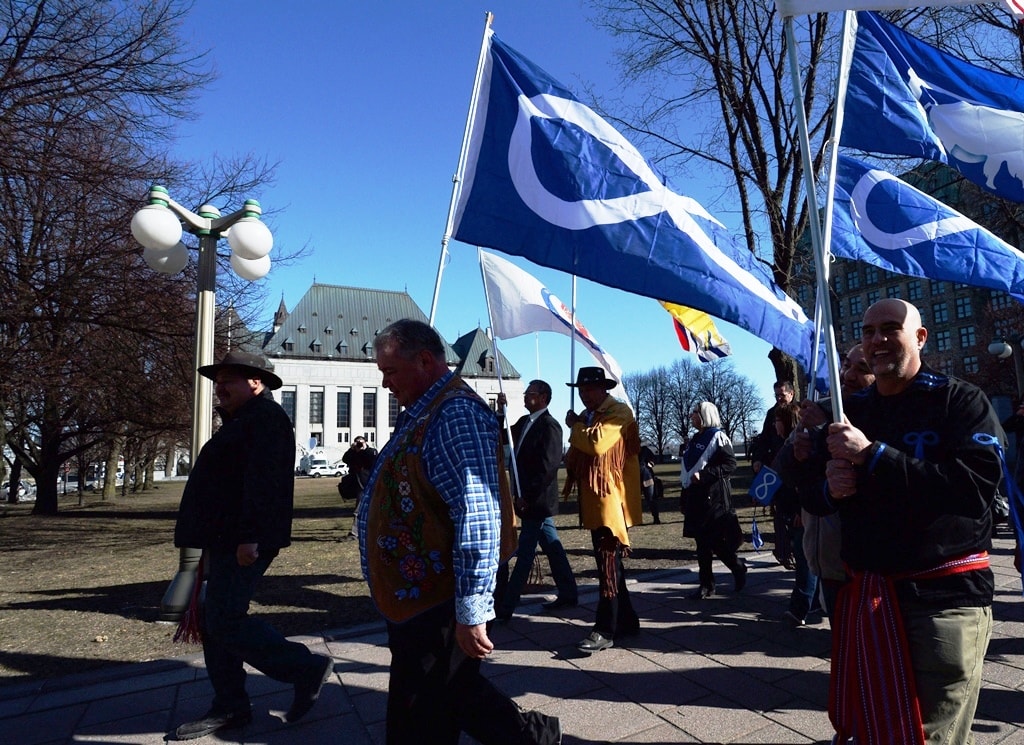
NON-STATUS Indians are a somewhat confusing group; the term most often refers to those men, their families and their descendants who did not take Treaty or were forced out, or the women who married white men(and the children of these marriages) or Metis. Because both Metis and NON-STATUS Indians are peoples of Native Ancestry striving to improve their economic, social and political standing, they are often thought as being the same, the viable solutions to their problems are often quite different, and each group should be considered separately.
Although the Metis have a mixed Ancestry, they see themselves as different and separate from both Indians and White. Throughout history, relations between the Metis and their two Ancestral Groups have been openly hostile at times, they clashed with the white Canadians in 1869-70 and again in 1885. The relationship between the Metis and the Indians has often been stormy, as Maria Campbell noted in her book, Half-breed; “There never was much love lost between Indians and Half-breeds. They’re completely different from us – quiet when we were noisy…..Indians were very passive…..whereas Half-breeds were quick-tempered – quick to fight, but quick to forgive and forget.” In many largely Native Communities, the current relationships between Metis and Indians vary from supportive and often affectionate to hostile and antagonistic.
Métis People Nowadays: What Has Changed?
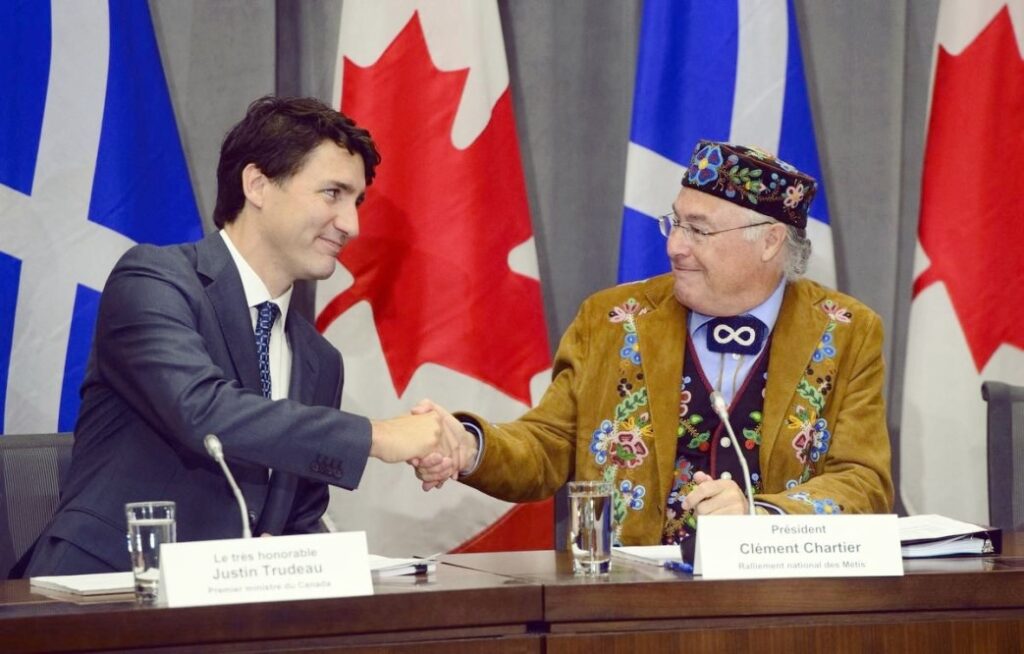
Who, then, are the Metis of the Twenty-first Century? A glimpse of the roots of the Metis people in the early years of the Fur Trade indicates that, even though they had a common historical background, they were not a cohesive group possessing one culture and language. Today it is difficult to identify the Metis as a unified group apart from the rest of the Canadian population. They no longer have separate languages, wear distinctive styles of dress, or have definite physical similarities. Many have joined the larger society.
The Metis do not all live in the same region or follow the same line of work. Many have joined the larger society. A list of those Canadians with at lease one Native Ancestor in their family tree would (by one estimate) include 40 percent of the French Canadian population, and in English-Speaking Canada, would include individuals as diverse as the late Norman Bethune, the famous Canadian doctor, hockey player, Brian Trottier and the once premier of Alberta, Peter Lougheed. Current figures for the Metis are difficult to determine: but the 1981 census counted 98,200 Metis, but various Metis Associations clam that there are many more, depending on the criteria used.
According to a twentieth century leader of the Metis, Stan Daniel’s, the Metis have found themselves “caught in the vacuum of two cultures with neither fully accepting (them).” The marginality of the Metis – who have been given either the resources and the rights of Indians or full access to White Society and its advantages – created an almost negative identity. “they are Metis because they are not someone else”.
But many contemporary Metis have a clear sense of their own identity as they individually define it. In Canada, a country constantly seeking to establish a sense of identity, the Metis see themselves as a distinctive people. In their 1979 Declaration of Metis Rights, they stated that they were “the true spirit of Canada and are the source of Canadian Identity”.
Born as a result of unions between Native Women and European Fur Traders, the mixed- blood people of Canada were sometimes called the “Children of the Fur Trade” The Fur Trade which had begun on the East Coast in the sixteenth century, had quickly spread inland, west to to prairies and had come the control of two major trading companies. The Hudson’s Bay Company, chartered in 1670, with headquarters in England and the Northwest Company, which had its beginnings in 1779, based in Montreal.
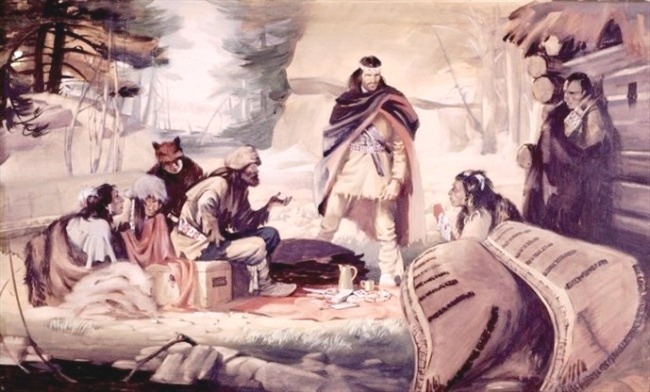
By 1800, a fierce rivalry was entrenched between the two firms over the Fur Trade in the vast North-West, then populated sparsely by the Native people whose land it was, a couple of hundred white traders living in forts and a growing number of Metis. Although many of the traders eventually returned home to Montreal or Europe, the Metis, like their Indian relatives, knew no other home but the North-West, and many of them worked for the two trading companies as guides, canoe men, traders, hunters and trappers, as well as just about every other aspect of the Fur Trade.
Stemming from their Heritage of the French-Canadian Voyageurs who traveled the arduous and hazardous route from Montreal to various points in the west, the French Metis possessed an intense sense of Joie de Vivre, while from their Native heritage they had a knowledge of survival in the wilderness. Proud of their strength, endurance, daring and skills, the Voyageurs developed a strong Espirit de Corps as well as a distinctive style of dress for which they became known. A blue Cpote, a beaded pipe bag that hung from a bright red sash and the inevitable pipe became standard items for many of them. These men worked sixteen to eighteen hours a day, paddling the precious loads or trade goods through fast-flowing waterways and turbulent rapids or hauling the canoes and 3 tons (2.7t) of freight over long, arduous portages.
Their day began at two A.M. with a six hour paddle before breakfast. Lunch at midday consisted of Pemmican eaten in the canoe, with no stop made until well after dusk, when camp was made and supper was served. Once every hour, however, paddling ceased and each man lit his pipe, because they stopped for a smoke every four to five miles (6 or 8 km) the route was measured in “pipes”. Today the descendents of the trip men, many of whom are trappers in the northern regions of Canada, still measure their trap lines in “pipes”.
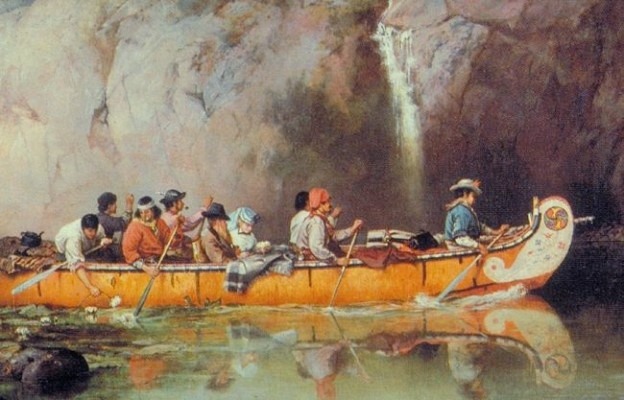
Not all Metis were Voyageurs or trip men. Both the Hudson,s Bay Company and the North West Company hired some men as clerks and post managers, particularly those who had been educated in the East or in Britain. The fact that their fathers had sent them away for schooling is proof that they were committed to their mixed-blood children. Some worked as interpreters in the forts or became servants and tradesmen. Many, particularly those who lived close to their Native relatives, were trappers, and some were fishermen, supplying the forts with food in the winter months. Most significantly, however, many Metis were Buffalo Hunters and suppliers of Pemmican, which was made from dried buffalo meat and was a staple food for the entire Fur Trade.
Family bonds among the Metis were very strong. This was rooted in the traditions of their Native Ancestors and those of the early traders who chose to leave behind their former lives and remain in this country with their new families. To many of those Europeans, their wives had become far more that a convenience.
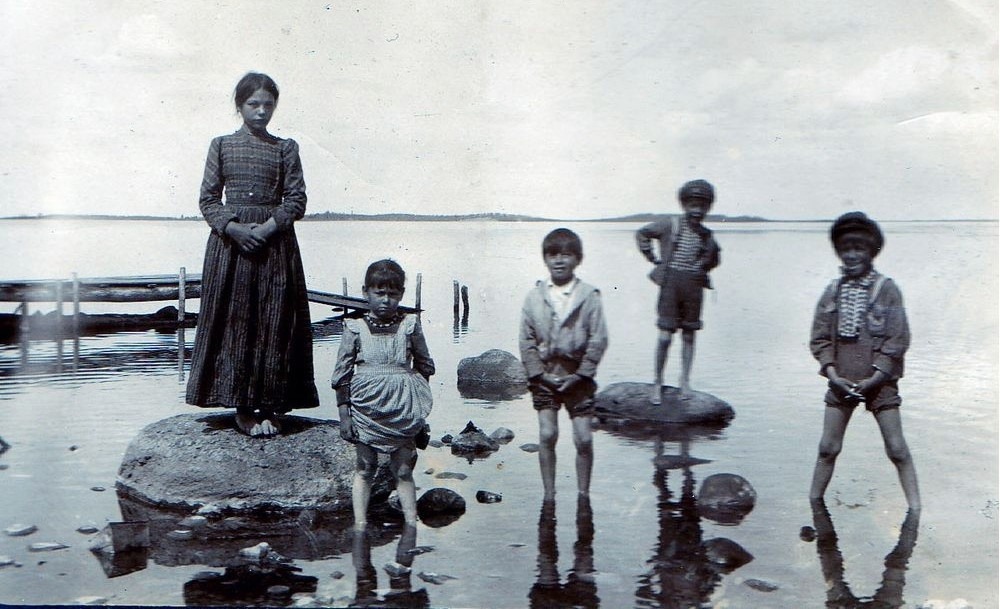
The Development of the Religion amoung Métis Communities
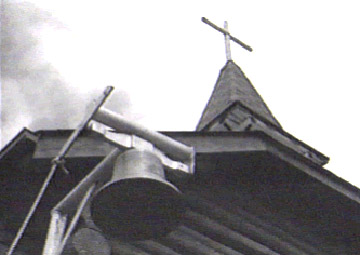
The Hudson’s Bay Company encouraged the development of Christian Missions in Red River to “raise the moral standards of the people and ensure a greater degree of social stability”. In turn, the missionaries foster the idea of agricultural settlement among the Metis, who had been leading mobile and independent lives. In order to have continuing influence over the Metis, the priests knew that more permanent settlements were necessary.
The first Roman Catholic missionaries arrived in 1818, creating a force that was to aid in establishing a sense of nationhood – through the binds of Catholicism – in the hearts and minds of the Mixed-Blood People. The Reverend J. West was the first Anglican Missionary to arrive in the colony in 1820. Several years later four members of the Catholic Order of the Grey Sisters of Charity and priests from the order of the Oblates of Mary Immaculate arrived from Quebec to assist the far-flung Native missions. The nuns and the Oblates were to work with the Metis and arrived in Red River to tend to the Scottish settlers.
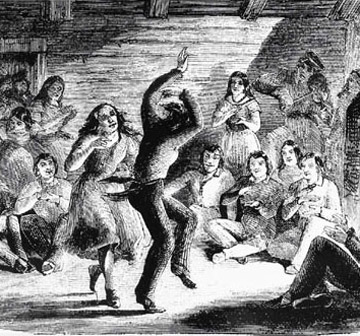
Many of the French Metis were ardent Roman Catholics, the English Half-breeds staunch Anglicans and the Scottish mixed-blood strict Presbyterian, while in areas such as Norway House, most were Methodist. Added to these Christian beliefs would have been elements of their maternal ancestor “Native religions, which some Metis continued to practice to the exclusion of Christianity.”
Most of the French Metis also developed a strong bond of unity bases largely on their Catholic Faith and mobile lifestyle. the great buffalo hunts, which were held twice a year, became a focus of life in the Red River, particularly for the French Metis. The purpose of the Spring Hunt was to obtain a large supply of dried buffalo meat from which Pemmican was made and traded to Hudson’s Bay Company to provision trip men and traders who still sought furs in the hinterland. The smaller Winter Hunt was undertaken mainly to obtain meat and hides to see the Metis population through the Winter, but also partly to supply food for the colony in poor crop years.
For the government officials and church leader who wished to see the Metis become stable farmers, the annual buffalo hunts were extremely disconcerting. But to Metis the hunts provided a viable business venture as well as food supply for themselves and often the colonists in Red River. Because the Red River area was repeatedly plagued with crop failures in those early years, the Metis had little incentive to become large-scale farmers and give up the independence, profit and challenge of the hunt.
Conclusion
In March 1983 the first series of Constitutional Conferences presented the Metis with an opportunity to outline their main objectives for a political settlement: to gain a land base and a right to Self-Government. They stressed they were looking for partnership in Canada rather than any form of Sovereignty.
At the second conference held in April 1984, the main issue was a clarification of who the Metis were and are, the Metis National Council presented a definition that included three criteria; Self-identification as a Metis, Community acceptance of an individual as a Metis, and if necessary, historical or legal proof that such and individual has “held himself/herself out to be Metis.” The Council insisted that Metis must be defined on the basis of biology, common history and culture and political consciousness, and also requested that an enumeration be done by the Federal Government under this definition. But the Council’s proposal was rejected, and it was agreed that identification of the Metis would be a main agenda item at the next meeting, scheduled for 1985.
So the discussion, as always, keeps coming full circle back to the old question of exactly who the Metis are. At least one aspect of their identify has been defined by the declaration the Constitution that they have rights as Aboriginal People within Canada. The Metis themselves know who they are; now they must convince the politicians.
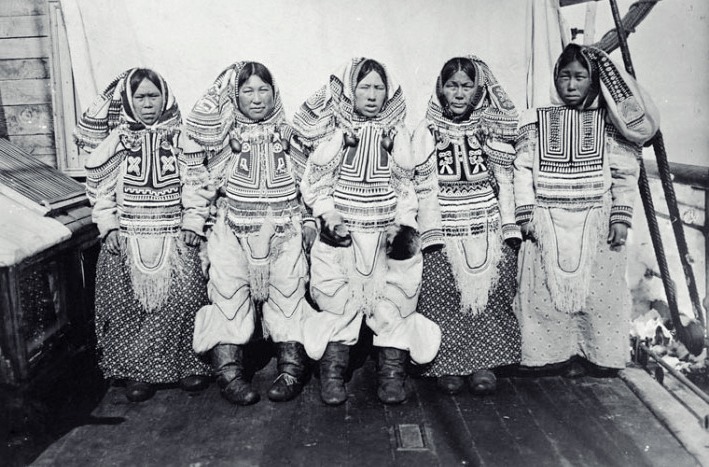
Inherent in their inclusion in the definition of “Aboriginal People,” the Metis claim is that they have Aboriginal Rights, “those rights which Native People retain as a result of their original possession of the soil.” They do not think that these rights were extinguished by the scrip that the government gave to the Metis, and contemporary Metis have bitterly criticized the entire scrip program, suggesting that it was designed to suit the needs of the government rather than to give a just settlement to the Metis. They believe that though the government implemented the scrip program to “extinguish” Metis rights, it did not do so because most Metis took money scrip. Further, they claim that the government did not act in good faith, as it allowed speculation to run rampant during the scrip program and many Metis lost their land very quickly after receiving it.
However the Metis claim to aboriginal rights is viewed, the cruel fact remains that a large number of them are still relegated to a life of poverty and despair. Their situation will someday improve, because the Metis have tenaciously held on to their identity as a new nation for more that two hundred years in Canada, and they refuse to disappear. Although a historian once said of Louis Riel and his people, ” he died on the gallows and his nation died with him,” and old Metis grandmother said to grandchild, “Because they killed Riel, they think they have killed us too, but some day my girl, it will be different.”
Based on their ability to organize and work together in times of necessity, a tradition that dates back to the days of the Buffalo hunts, as well as the effectiveness of their arguments in discussion at First Minister’s Conferences, the question of Metis Rights will eventually be settled. as astute politicians, they hope to gain what legal debates have failed to achieve and recent cultural activities have begun to nurture.
Although the Metis possess Personal Identities that nevertheless reflect common values and attitudes, their desire for freedom and individuality has remained their most distinctive characteristic. During times of trouble and threats to their way of life or to their survival, they have rallied to form a politically strong voice – however short – lived to achieve a common goal. Their heritage, springing from the Native and European Peoples of Canada, ensures them a unique place in the history of this land.
